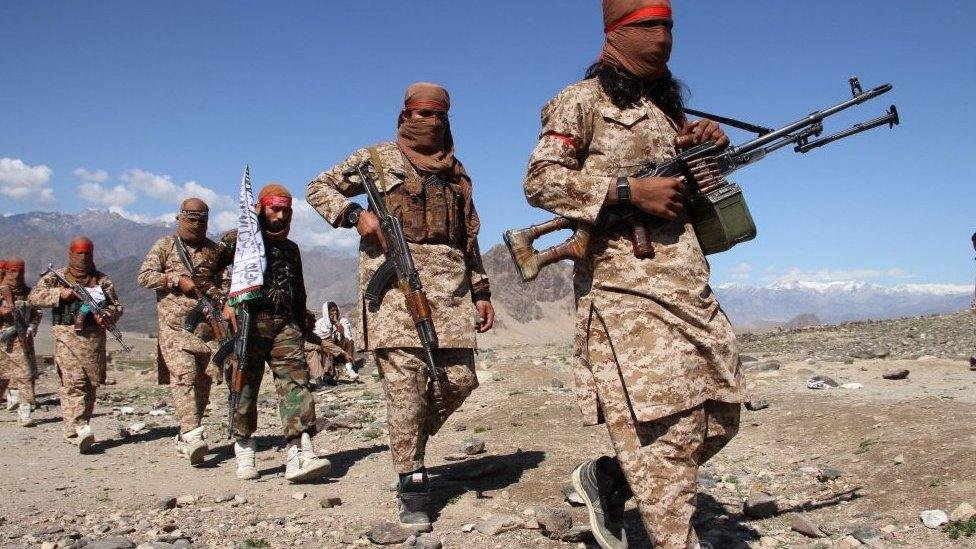Now Reading: Afghanistan
- 01
Afghanistan

Afghanistan
Afghanistan, a landlocked country located in South Asia, has a rich history and culture that dates back thousands of years. From the towering mountains of the Hindu Kush to the bustling markets of Kabul, Afghanistan’s diverse landscape and people have been shaped by centuries of conquests, trade, and conflict. In this article, we will explore the geography, history, and current events of Afghanistan, shedding light on a country that continues to capture the world’s attention.
Overview of Afghanistan’s History and Culture
Afghanistan’s rich history dates back thousands of years, with influences from various civilizations and empires shaping its unique culture. The country has been a crossroads of trade and a melting pot of different ethnicities, resulting in a diverse and vibrant society. From the ancient Silk Road to the conquests of Alexander the Great, Afghanistan has seen many historical events that have left their mark on its heritage.
The culture of Afghanistan is characterized by a strong sense of community and hospitality, with traditions such as the sharing of meals and tea playing a central role in daily life. The country’s cuisine is known for its flavorful dishes, with kebabs, rice pilaf, and flatbreads being staples. Music and dance are also important cultural expressions, with traditional instruments like the rubab and tabla being commonly used in performances.

Political Situation in Afghanistan: Challenges and Opportunities
Afghanistan
In recent years, Afghanistan has faced a myriad of challenges in its political landscape. The country has been marred by ongoing conflicts, corruption, and instability, making it difficult for the government to effectively govern and provide basic services to its citizens. Additionally, the presence of various militant groups and insurgent forces further complicates the political situation in Afghanistan.
Despite these challenges, there are also opportunities for positive change and progress in Afghanistan. The upcoming elections present a chance for the Afghan people to democratically elect their leaders and shape the future of their country. International support and cooperation can also play a crucial role in helping Afghanistan overcome its political obstacles and move towards a more stable and prosperous future.
Economic Development in Afghanistan: Key Factors and Strategies
In order to achieve economic development in Afghanistan, it is crucial to consider key factors and strategies that can pave the way for sustainable growth. One of the key factors that must be addressed is the country’s reliance on agriculture, which accounts for a significant portion of the GDP. By investing in modernizing agricultural practices, improving infrastructure, and providing access to markets, Afghanistan can boost its agricultural productivity and create more opportunities for rural communities.
Another important factor to consider is the impact of conflict and instability on economic development in Afghanistan. The ongoing conflict in the region has hindered investment, disrupted trade, and created barriers to growth. To address this issue, strategies such as promoting peace and stability, building a strong legal framework, and attracting foreign investment can help create a more conducive environment for economic development.
Security Issues in Afghanistan: Assessing the Current Situation
Despite efforts to combat insecurity in Afghanistan, the country continues to face numerous challenges. The ongoing conflict with the Taliban and other insurgent groups poses a significant threat to the security and stability of the region. The presence of these armed groups has resulted in high levels of violence, including bombings, shootings, and kidnappings, which have had a devastating impact on the civilian population.
Additionally, the lack of effective governance and law enforcement has further exacerbated the security situation in Afghanistan. Corruption within the government and security forces has undermined efforts to maintain peace and order. Furthermore, the porous borders with neighboring countries have allowed for the easy flow of weapons and fighters, making it difficult to control the influx of external threats. Addressing these security issues requires a comprehensive approach that includes strengthening the rule of law, improving governance, and fostering regional cooperation to ensure long-term stability in Afghanistan.
In Conclusion
In conclusion, Afghanistan is a country with a rich history, diverse culture, and challenging socio-political landscape. Despite facing numerous obstacles, the people of Afghanistan continue to strive for peace, stability, and prosperity. By understanding the complexities of the country and its history, we can better support efforts towards positive development and change. It is our hope that this article has provided a comprehensive overview of Afghanistan, shedding light on the various facets of this complex and fascinating nation. Thank you for reading.











